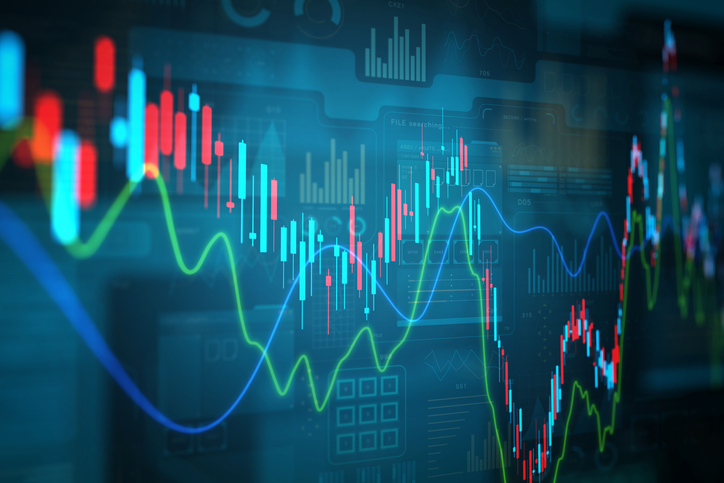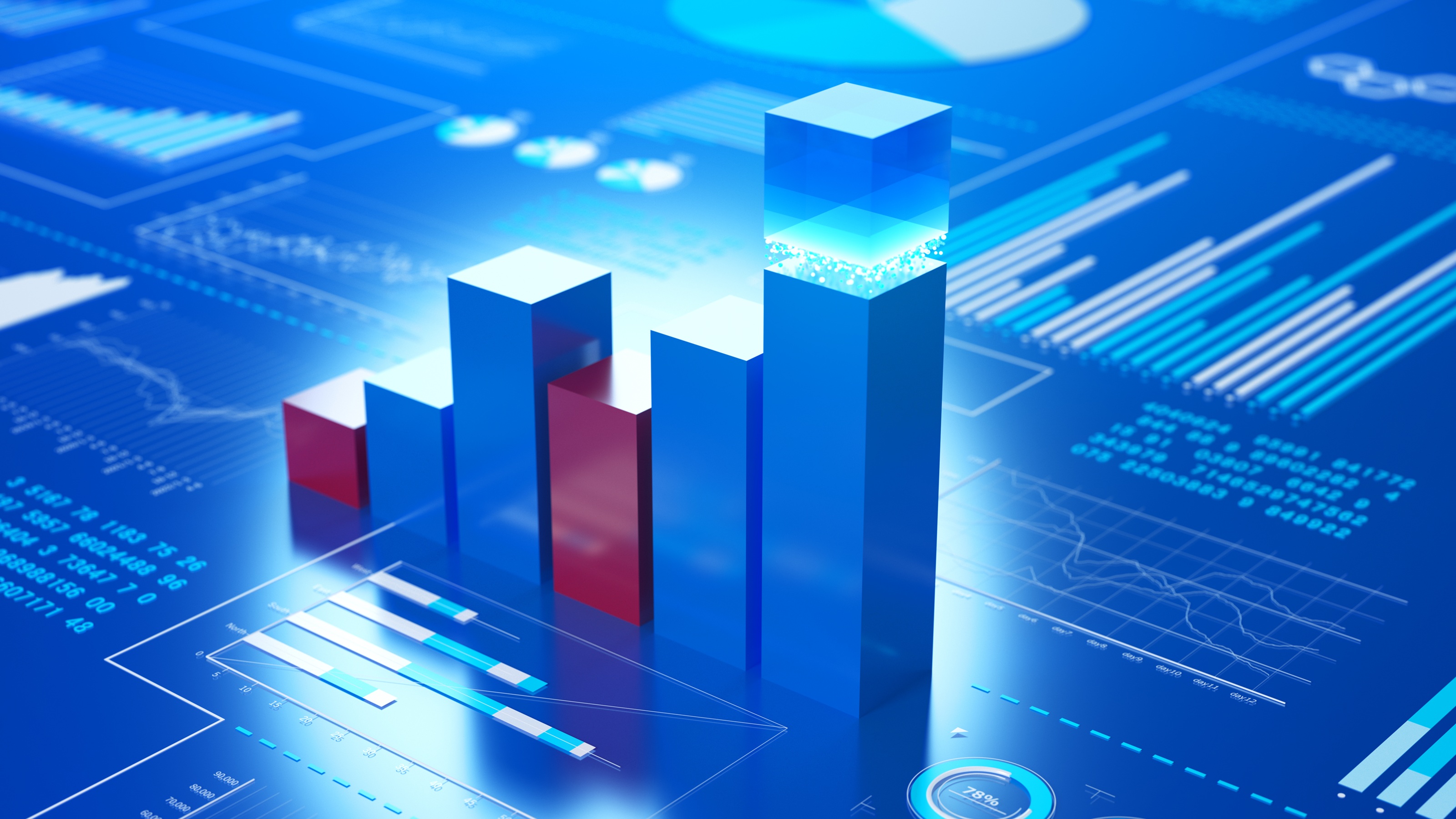Investing in Fine Wine: Six Trends Affecting the Market
Prices and demand are rising due to climate change, the rise of boutique vineyards, shifting tastes and other pressures.


The wine industry blends more than just grapes. It combines traditional heritage and progressive transformation, continuously evolving to keep up with the modern world. However, its reliance on nature makes it unpredictable in certain aspects. What does remain certain: Even when wine production goes down, quality standards and prices continue to rise.
From a trend toward supporting smaller wineries to a need for higher-yielding investments, the wine industry is dynamic. Like art, a wine collection can bring immense pleasure and joy to the connoisseur, making it a highly desirable and fruitful (pun intended) acquisition. Like other passion assets, prudent and informed wine collecting may turn an interest into a life-long venture.
During this recent period of market and economic instability, the fine wine market has remained a source of growth for astute collectors. The fine wine market offers a comparably reliable way to invest in wines. The increasing demand for rare wines means that investors seeking diversification might find new opportunities in the wine market that are ripe for the picking.
From just $107.88 $24.99 for Kiplinger Personal Finance
Become a smarter, better informed investor. Subscribe from just $107.88 $24.99, plus get up to 4 Special Issues

Sign up for Kiplinger’s Free Newsletters
Profit and prosper with the best of expert advice on investing, taxes, retirement, personal finance and more - straight to your e-mail.
Profit and prosper with the best of expert advice - straight to your e-mail.
Here are six trends impacting today’s wine market:
Climate change. From wildfires in Northern California (ravaging Napa and Sonoma) to a rainy season that plagued Burgundy in 2020 and 2021 (followed by drought in 2022), many winemakers have paused or scaled back production.
This slowdown in supply, paired with inflation, has caused a spike in pricing. Lower-priced wines are experiencing a shrinking inventory, placing demand pressure on other vintages.
Quality over quantity. With each passing year, wine production has decreased as quality improves. This increase in the quality of wine is causing prices to rise in tandem. For example, Domaine de la Romanée-Conti, released in 2009, had an unbelievable sale price of $11,500 per bottle when it hit the market in 2012. The 2018 release of Domaine de la Romanée-Conti was made available for a whopping $30,000 per bottle.
Rising (little) stars. Due to the spike in prices, passionate wine collectors are looking at alternatives to get their hands on the latest releases. They are now turning to other brands that offer similar quality wines, many of which are smaller, more boutique vineyards. Experienced vintners from Burgundy are taking advantage of this favorable situation by branching off from historically well-known wineries to create their own distinctive labels.
Shifting global tastes. Wine preferences can be highly subjective. However, it is clear that global preferences are evolving, with a shift in the type of wines people drink. California Chardonnays are moving from big, oaky, buttery and rich to catch up to the increased demand for Burgundian-style wines with a lighter, more austere body, according to a report by Acker.
Wine producers (especially in California) are updating their processes and vintages, varying wildly from those of one to two decades ago. Meanwhile, demand for traditional new world wines (from Australia, New Zealand and Argentina) has fallen.
New geographies. As land in Burgundy and Northern California is scarce and costly, the effects of climate change continue to worsen in these regions. In search of the perfect terroir, some winemakers have been exploring different areas to grow their grapes.
One such example is upstate New York, which has limestone-rich soil — a characteristic of the famous Burgundy wines.
Sustainability. Health and wellness are some of the biggest trends in the world today. This shift has increased demand for organic and biodynamic wines, not only from micro-producers, but also from a range of other companies. Famous wineries like Château Smith Haut Lafitte in Bordeaux are becoming more well known for their biodynamic practices and organic farming, which they showcase on exclusive tours and on their products.
As an increasing number of people factor environmental concerns into their wine collecting practices, the demand for organic bottles and sustainable practices have increased, driving rising prices over the last few years. Once considered an industry secret, wines from prominent vintners like Pierre Overnoy now sell for $1,000 or more per bottle at auction houses such as Acker.
Fine wine as a strategic financial venture
Just as fine wine is filled with complex flavors, it also provides a diversified and unique investment opportunity. This liquid asset can be held for the long term or consumed. The wine market's blend of tradition and transformation, combined with the fact that it does not directly correlate with market performance, underscores its allure. Those who collect wine can uncork its profit potential through a well-balanced investment strategy.
By unearthing the trends that shape the fine wine landscape, from climate changes to evolving consumer preferences, individuals can transform their passion for wine into a strategic financial venture.
This material has been prepared for informational purposes only. It does not provide advice regarding the purchase and/or sale of wine. The information contained herein is from multiple sources deemed to be reliable but is not guaranteed and do not necessarily reflect the views, opinions or advice of Morgan Stanley Smith Barney LLC (“Morgan Stanley”) or its affiliates.
This material may provide the addresses of, or contain hyperlinks to, websites. Except to the extent to which the material refers to website material of Morgan Stanley Wealth Management, the firm has not reviewed the linked site. Equally, except to the extent to which the material refers to website material of Morgan Stanley Wealth Management, the firm takes no responsibility for, and makes no representations or warranties whatsoever as to, the data and information contained therein. Such address or hyperlink (including addresses or hyperlinks to website material of Morgan Stanley Wealth Management) is provided solely for your convenience and information and the content of the linked site does not in any way form part of this document. Accessing such website or following such link through the material or the website of the firm shall be at your own risk and we shall have no liability arising out of, or in connection with, any such referenced website. Morgan Stanley Wealth Management is a business of Morgan Stanley Smith Barney LLC.
Diversification does not assure a profit or protect against loss. CRC# 5912799 09/2023
related content
- How to Get into Alternative Investing
- Big Money Is Chasing Sports Collectibles: Investing Opportunity or Market Top?
- Collectible Vintage Photos Emerge as Investable Asset Class
- Pros and Cons of Adding Alternative Investments to Diversify Your IRA
Profit and prosper with the best of Kiplinger's advice on investing, taxes, retirement, personal finance and much more. Delivered daily. Enter your email in the box and click Sign Me Up.

Valerie Wong Fountain is a Managing Director at Morgan Stanley, and she is based in the firm’s New York office. Valerie serves as Head of Family Office Resources Platform & Partner Management, which includes responsibility for Trust Services, Signature Access and Single Family Office Advisory. Valerie was recently named a 2023 MAKER by Morgan Stanley Wealth Management in recognition of her work as a driver and champion of women’s achievements.
-
 Stocks Slip to Start Fed Week: Stock Market Today
Stocks Slip to Start Fed Week: Stock Market TodayWhile a rate cut is widely expected this week, uncertainty is building around the Fed's future plans for monetary policy.
-
 December Fed Meeting: Live Updates and Commentary
December Fed Meeting: Live Updates and CommentaryThe December Fed meeting is one of the last key economic events of 2025, with Wall Street closely watching what Chair Powell & Co. will do about interest rates.
-
 This Is Why Investors Shouldn't Romanticize Bitcoin
This Is Why Investors Shouldn't Romanticize BitcoinInvestors should treat bitcoin as the high-risk asset it is. A look at the data indicates a small portfolio allocation for most investors would be the safest.
-
 Why Investors Shouldn't Romanticize Bitcoin, From a Financial Planner
Why Investors Shouldn't Romanticize Bitcoin, From a Financial PlannerInvestors should treat bitcoin as the high-risk asset it is. A look at the data indicates a small portfolio allocation for most investors would be the safest.
-
 I'm a Financial Pro Focused on Federal Benefits: These Are the 2 Questions I Answer a Lot
I'm a Financial Pro Focused on Federal Benefits: These Are the 2 Questions I Answer a LotMany federal employees ask about rolling a TSP into an IRA and parsing options for survivor benefits, both especially critical topics.
-
 Private Credit Can Be a Resilient Income Strategy for a Volatile Market: A Guide for Financial Advisers
Private Credit Can Be a Resilient Income Strategy for a Volatile Market: A Guide for Financial AdvisersAdvisers are increasingly turning to private credit such as asset-based and real estate lending for elevated yields and protection backed by tangible assets.
-
 5 RMD Mistakes That Could Cost You Big-Time: Even Seasoned Retirees Slip Up
5 RMD Mistakes That Could Cost You Big-Time: Even Seasoned Retirees Slip UpThe five biggest RMD mistakes retirees make show that tax-smart retirement planning should start well before you hit the age your first RMD is due.
-
 I'm a Wealth Adviser: My 4 Guiding Principles Could Help You Plan for Retirement Whether You Have $10,000 or $10 Million
I'm a Wealth Adviser: My 4 Guiding Principles Could Help You Plan for Retirement Whether You Have $10,000 or $10 MillionRegardless of your net worth, you deserve a detailed retirement plan backed by a solid understanding of your finances.
-
 A Retirement Triple Play: These 3 Tax Breaks Could Lower Your 2026 Bill
A Retirement Triple Play: These 3 Tax Breaks Could Lower Your 2026 BillGood news for older taxpayers: Standard deductions are higher, there's a temporary 'bonus deduction' for older folks, and income thresholds have been raised.
-
 If You're Retired or Soon-to-Be Retired, You Won't Want to Miss Out on These 3 OBBB Tax Breaks
If You're Retired or Soon-to-Be Retired, You Won't Want to Miss Out on These 3 OBBB Tax BreaksThe OBBB offers some tax advantages that are particularly beneficial for retirees and near-retirees. But they're available for only a limited time.
-
 Waiting for Retirement to Give to Charity? Here Are 3 Reasons to Do It Now, From a Financial Planner
Waiting for Retirement to Give to Charity? Here Are 3 Reasons to Do It Now, From a Financial PlannerYou could wait until retirement, but making charitable giving part of your financial plan now could be far more beneficial for you and the causes you support.